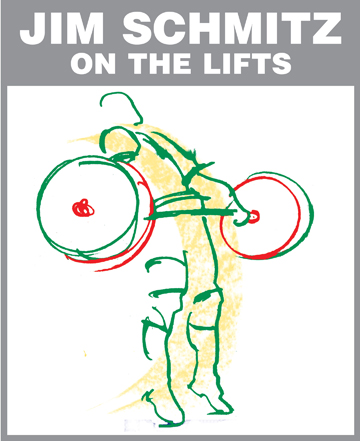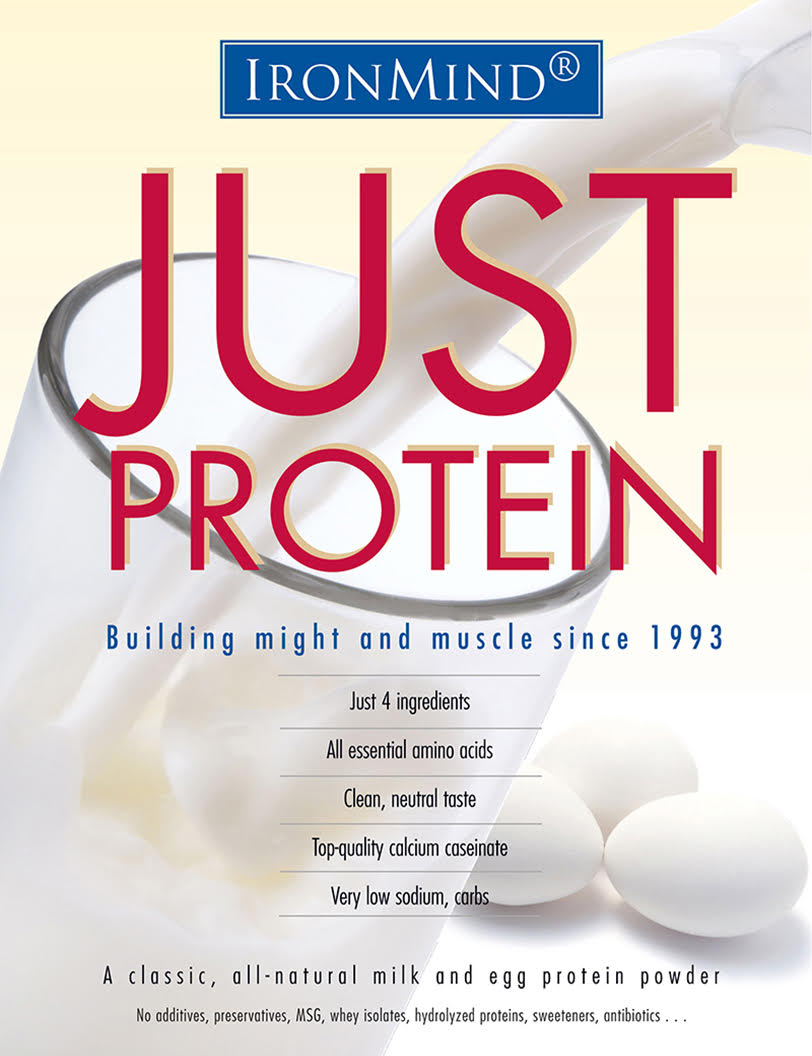
U.S. Olympic Weightlifting Team Coach 1980, 1988 & 1992 Author of Olympic-style Weightlifting for Beginner & Intermediate Weightlifters Manual and DVD
I've been doing overhead squats since 1960 and teaching the overhead squat for over 40 years. My first strength and muscle-building course was Joe Bonomo's Barbell Training Routines, Professional Muscle-Building Power-Plus System, published in 1948. One of the exercises in his course was the overhead squat (as well as military presses, snatches, cleans and jerks, back squats, front squats, one-arm get-ups, step-ups and many more exercises that are being widely used today). For years, and even to this day, I have had my lifters do their OHSs (as we call them) on Wednesdays, usually at the end of the workout. Because it wasn't a favorite exercise, I started calling overhead squats "America's favorite exercise."
The overhead squat is performed with the barbell held over your head with a snatch-width grip (wider than the shoulders by 6" to 8" or more); you squat down to below parallel, stand up and repeat. Nothing to it, ha-ha!
I teach the overhead squat by having the barbell on a squat rack set 2" below the shoulders. Grab the bar with a snatch grip, get under the bar so it is resting on your traps, stand up, step back from the racks, and push press or push jerk the barbell overhead to arm's length with the elbows and knees locked out. The bar should be over your ears or slightly behind. Your feet should be approximately shoulder-width apart, or in the position where you catch or receive your snatch, with the toes out slightly. As with your grip, the width will vary according to the individual. Squat down slowly and under control to as low as you can go, hopefully with hips below parallel and hamstrings resting on calves, and then stand up to locked knees and arms. When you've finished the set, lower the bar to your shoulders behind your head, catching the bar on your traps. For some, this is the worst part of the exercise and takes practice and skill.
Another method is to snatch the weight and then do several overhead squats—but obviously you can't do more than you can snatch.
A unique thing about the overhead squat is that you are extending your arms and upper body upward, while you are bending your legs downward; you are going in two different directions, torso and arms up, legs and hips down. This really is hard for some people to do and takes practice, time, persistence, and patience to get it.
Very few people can do a complete overhead squat on their first try. Common flaws are: the elbows will come unlocked while squatting; the barbell will drift too far forward; you will rise up on your toes; you won't be able to squat below parallel; or you will be shaky or wobbly. There will also be a lot of stress on your wrists and shoulders until they get stretched out and used to the movement.
To address these limitations, I start my lifters with a broomstick or PVC pipe and then go to an empty bar. You don't want to add weight until you can do a complete overhead squat with a naked barbell (15 or 20 kg). It's while working with the stick and empty barbell that you determine your grip width. It should be the same as your snatch grip, but sometimes beginners have to use a different grip in order to go all the way down. It could be closer or wider; it usually depends on how your shoulders, elbows, and wrists feel. The same goes for the feet; you will have to find the best stance for you.
Here are some things to think about when doing overhead squats. With the barbell over your head, get set and taut in all parts of your trunk, arms, and legs, and then squat down slowly and deliberately; at the same time, push up and slightly back on the bar, thinking deltoids to the ears and reaching UP. You want your torso to be as erect as possible, but there will be some forward lean (that's okay), and the hips will go backward a bit. In the beginning, squat down as far as is comfortable; it might take a few workouts before you can go all the way down. It is very important that when you stand up you keep pushing UP and slightly BACK until you are standing erect. If you don't keep pushing up and slightly back, the bar will drift forward and your arms will unlock and the bar will come crashing down. If that happens, make sure you get out of the way—you don't want the bar to land on your thighs or shins if missed in front or on your back if missed in back.
If you have tight ankles, hips, and shoulders, you may want to stand with your heels on 2.5-, 5-, or even 10-kg plates. You can also use a piece of 1-inch or 2-inch wood if necessary. This helps beginners squat with a more erect posture and have better balance until their flexibility improves.
Once you become fairly adept at overhead squats, here's a little "Schmitz secret" that I learned from Alex Laguillo, the owner of Alex's Gym, in 1966. Pause in the bottom position and look to your right, then left, then down, then up, and then stand up. This little maneuver will really help your stability and confidence in the bottom position, and I can assure you it will help you save snatches that are slightly out of the groove.
In the beginning I recommend doing 5 reps beginning with the empty bar; go up in small increases for 3 to 5 sets total. Once you are fairly proficient in the overhead squat I suggest the following program: 5–4–3–3 sets x 2 reps. If your best snatch is 100, it might look something like this: 50 x 5, 60 x 4, 70 x 3, 80 x 3 sets x 2 reps. When you have become very proficient at snatching and overhead squatting, you should be able to overhead squat more than you snatch. You might then progress like this: 60 x 5, 80 x 4, 90 x 3, 97.5 x 2, 102.5 x 1. Ken Clark, whose best snatch was 165, did 170 in the overhead squat; and Mario Martinez, whose best snatch was 188.5, did 210. Mario really had great overhead power.
Because the overhead squat is such a great exercise for developing balance, flexibility, coordination, and strength, it has finally been "discovered" by strength coaches, personal trainers, and CrossFitters—someday it really may be "America's favorite exercise!"

















